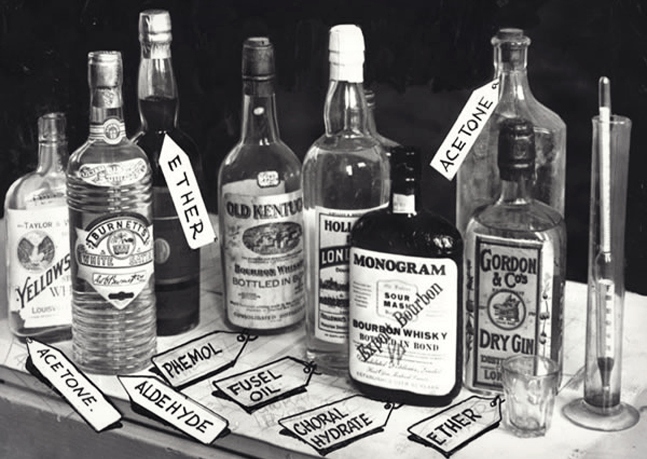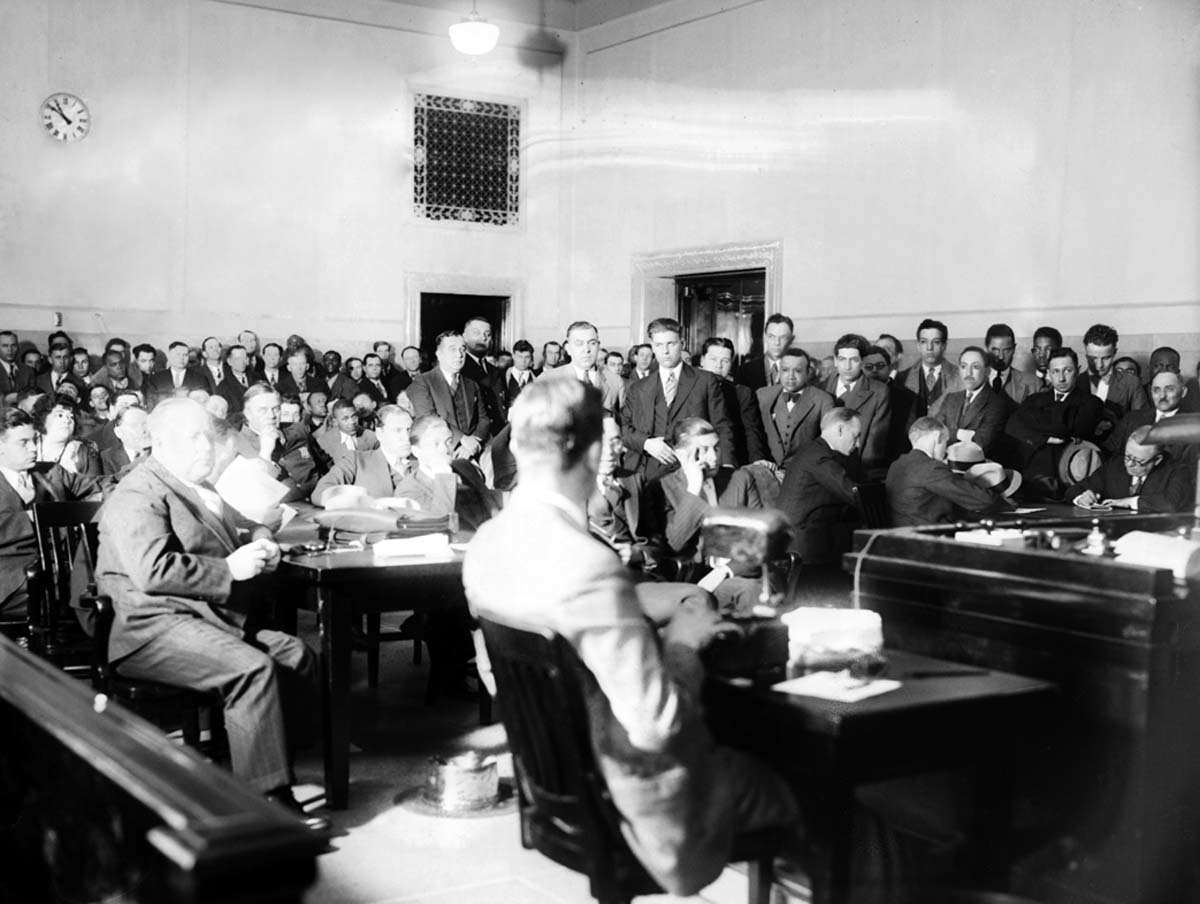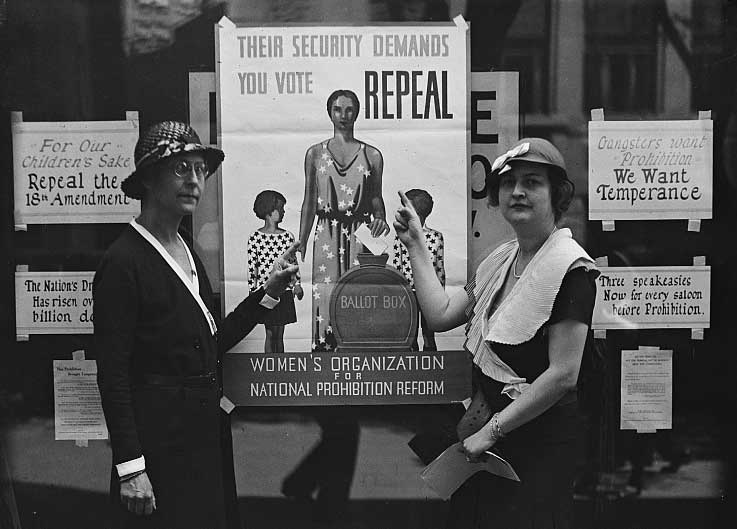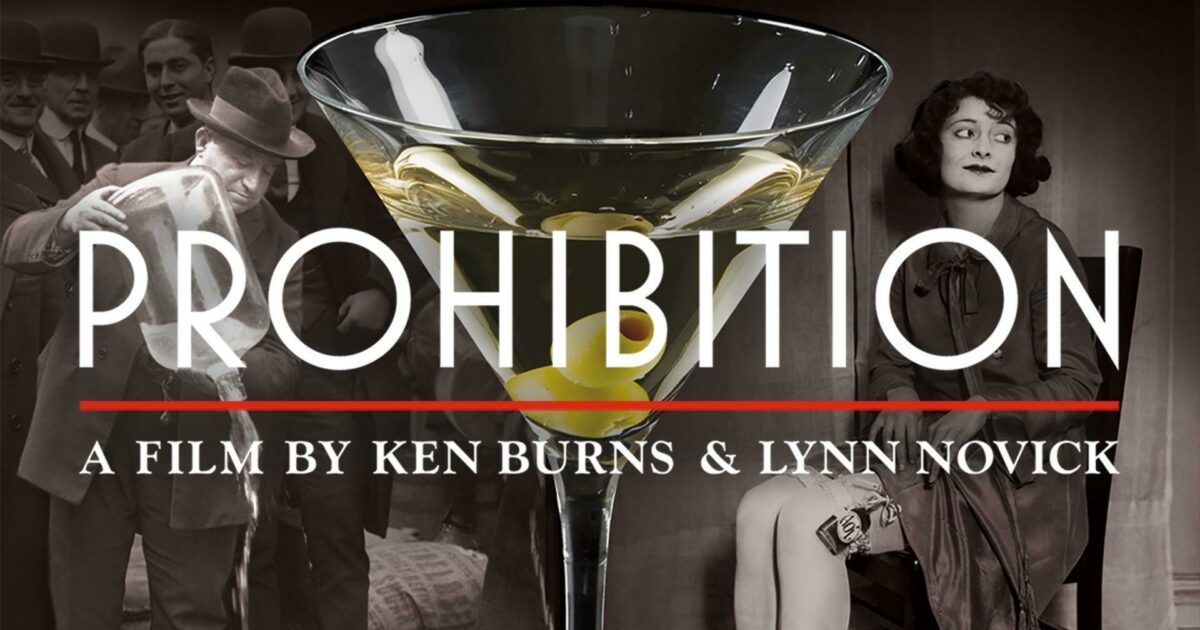The social effects of Prohibition, which lasted from 1920 to 1933 in the United States, were wide-ranging and deeply felt. Prohibition was a nationwide ban on the sale, production, and transportation of alcohol, and it was implemented with the hope of reducing crime and improving public morality. However, the opposite occurred, as Prohibition created a host of new social problems and exacerbated existing ones.
One of the most significant social effects of Prohibition was the increase in organized crime. During Prohibition, the production, sale, and distribution of alcohol became illegal, but the demand for alcohol did not disappear. As a result, illegal liquor markets emerged, and they were often controlled by organized crime syndicates. These syndicates became powerful and wealthy, and they used their resources to bribe officials, corrupt law enforcement, and violently enforce their control over the illegal alcohol market.
Prohibition also had a significant impact on the social lives of Americans. Many people had enjoyed drinking alcohol as a social activity, and the ban on alcohol put a damper on these gatherings. Some people continued to drink in secret, but they had to be careful not to get caught. This led to a culture of secrecy and mistrust, as people had to be careful about who they drank with and where they drank.
Prohibition also had a negative impact on the economy. The ban on alcohol led to the loss of jobs in the brewing, distilling, and hospitality industries. Many people who had worked in these industries were now out of work, and this led to an increase in poverty and social unrest. In addition, the illegal alcohol market was largely untaxed, which meant that the government lost out on a significant source of revenue.
Overall, the social effects of Prohibition were complex and multifaceted. While the ban on alcohol was intended to improve public morality and reduce crime, it ultimately had the opposite effect. It led to the rise of organized crime, disrupted social lives, and had a negative impact on the economy. It is now generally recognized that Prohibition was a failed experiment, and it has not been implemented in the United States since its repeal in 1933.






/cdn.vox-cdn.com/uploads/chorus_asset/file/16319648/GettyImages_530726582.jpg)